Lagniappe for February 2024

Explore the February 2024 edition featuring:
- RS-25 Test on Jan. 27
- Day of Remembrance
- NASA Spinoff
Gator Speaks
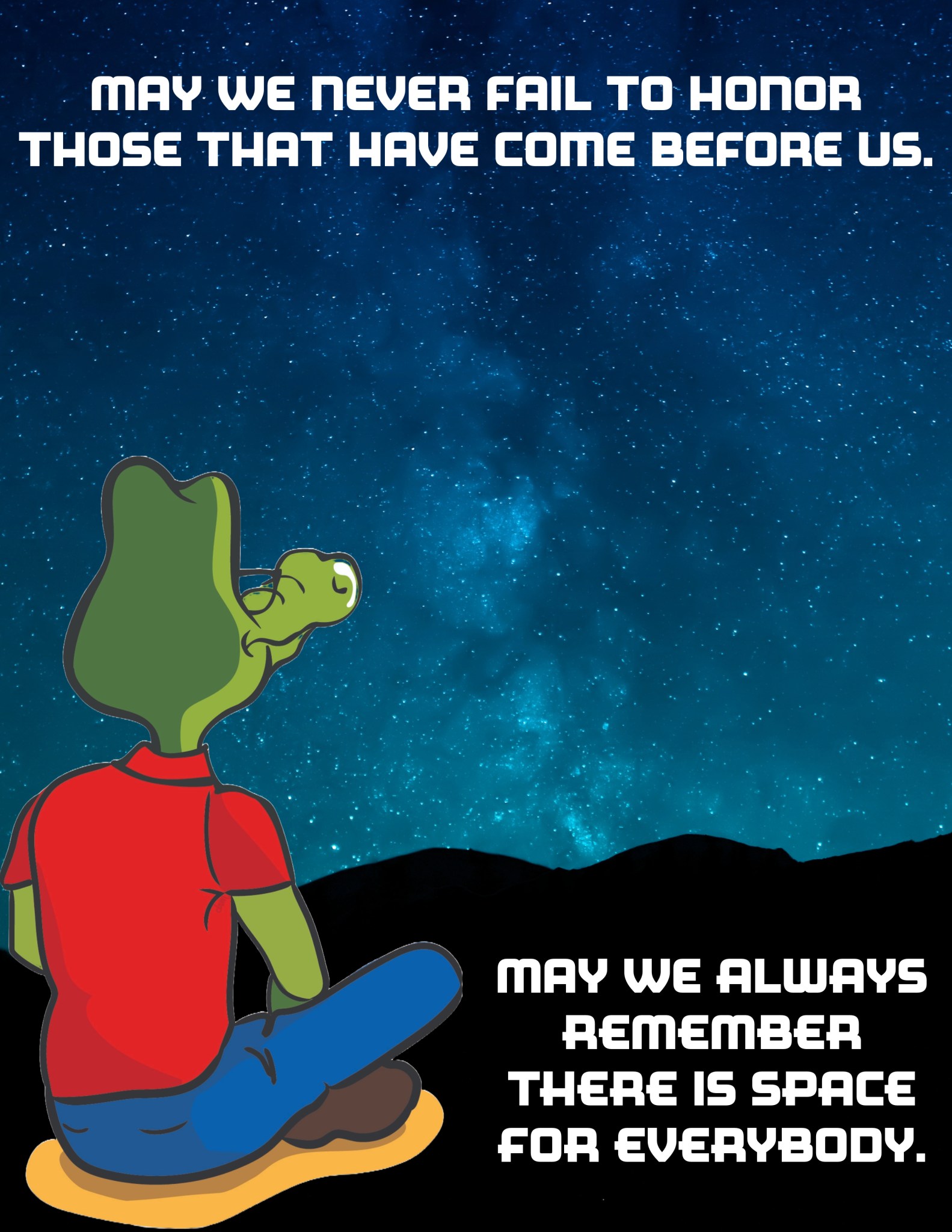
There are two reasons why the last Thursday in January and the month of February are important at NASA moving ahead as the Artemis Generation.
Having been around for decades as the NASA Stennis mascot, it is easy to forget important things if you are not intentional about remembering. For newer folks, whether new employees at NASA Stennis or new fans of NASA in general, it is easy not to know something if you are never told about it.
NASA intentionally carves out time each January for a Day of Remembrance to honor members of the NASA family who lost their lives while furthering the cause of exploration and discovery, including the crews of Apollo 1 and space shuttles Challenger and Columbia.
This current moment in space history is a tribute to the men and women who made the ultimate sacrifice. One of the best ways NASA honors the sacrifice made by the previous crew members is by embracing safety as one of the core values at NASA.
This is the cornerstone for mission success as NASA prepares to send the first Artemis astronauts to the Moon. The four astronauts will venture around the Moon on Artemis II as part of NASA’s path to creating a long-term presence on the lunar surface for science and exploration.
The NASA safety culture benefits astronauts, employees, and even surrounding communities where employees participate in daily life. This is a reminder every day at NASA, and especially on the final Thursday in January.
Going forward, the annual Day of Remembrance leads into Black History Month (observed each February), which brings the opportunity to recognize Black Americans who have made contributions to America and NASA’s space program.
One such person is the late NASA astronaut Ronald McNair, who was honored during the Day of Remembrance. McNair, the second Black astronaut to fly to space, was a member of the Challenger crew. He is one of many African Americans whose contributions helped pave the way for NASA to take giant leaps in space exploration for the Artemis Generation.
May we never forget that it is through the sacrifice and contributions of all that NASA explores for the benefit of all. May we never fail to honor those who have come before us, and may we always remember there is space for everybody – in NASA and all of life.
NASA Stennis Top News
NASA Day of Remembrance Honors Fallen Heroes
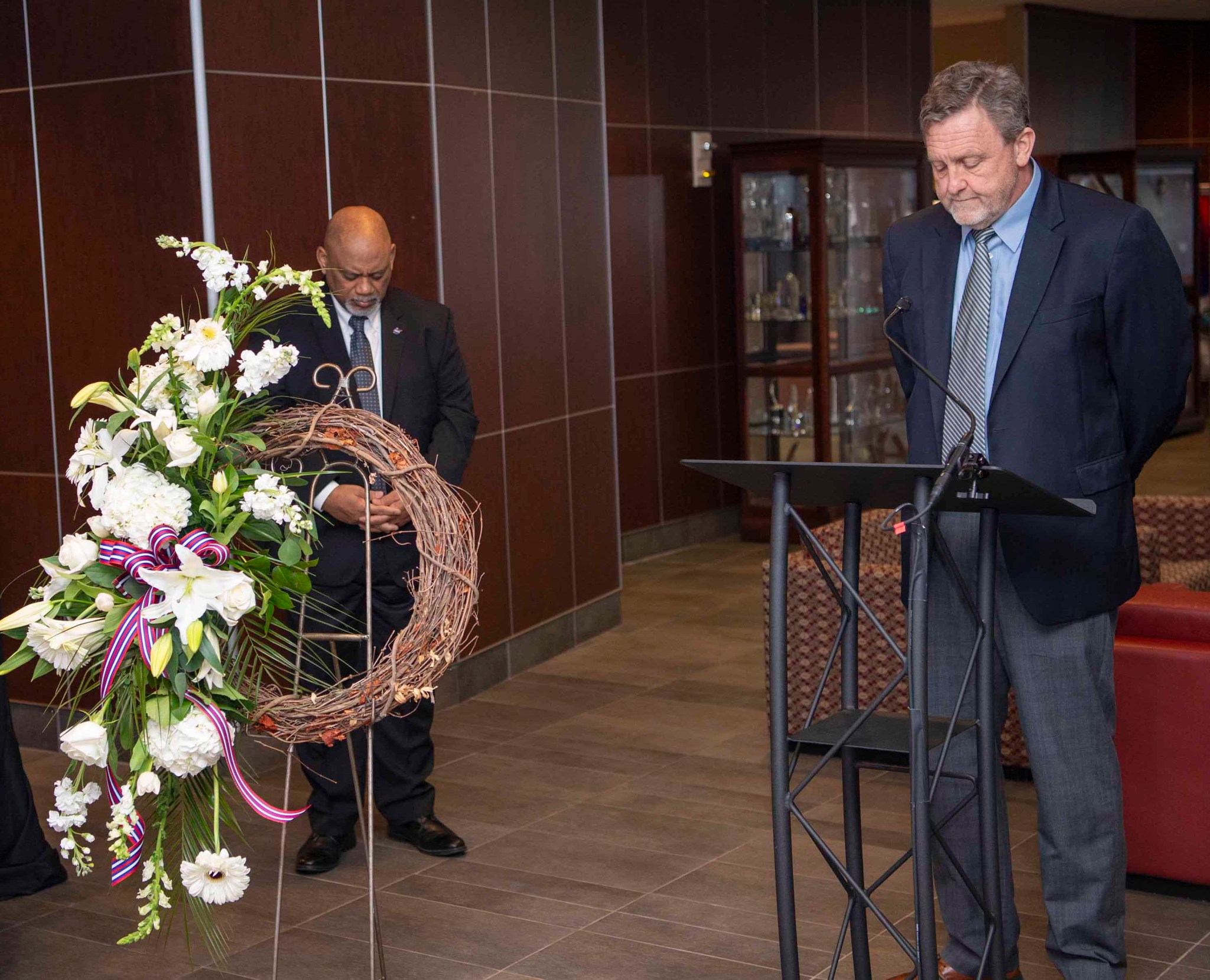
NASA Marks Halfway Point for Artemis Moon Rocket Engine Certification Series
NASA completed the sixth of 12 scheduled RS-25 engine certification tests in a critical series for future flights of the agency’s SLS (Space Launch System) rocket as engineers conducted a full-duration hot fire Jan. 27 at NASA’s Stennis Space Center near Bay St. Louis, Mississippi.
NASA Continues Artemis Moon Rocket Engine Tests with 1st Hot Fire of 2024
NASA continued a critical test series for future flights of NASA’s SLS (Space Launch System) rocket in support of the Artemis campaign on Jan. 17 with a full-duration hot fire of the RS-25 engine on the Fred Haise Test Stand at NASA’s Stennis Space Center near Bay St. Louis, Mississippi.
NASA Spinoffs Feature NASA Stennis Developed Technologies
As NASA innovates for the benefit of all, what the agency develops for exploration has the potential to evolve into other technologies with broader use here on Earth. Many of those examples are highlighted in NASA’s annual Spinoff book including dozens of NASA-enabled medical innovations, as well other advancements in 3D printing, robots, and brake designs.
Center Activities
Leadership Class Visits NASA Stennis
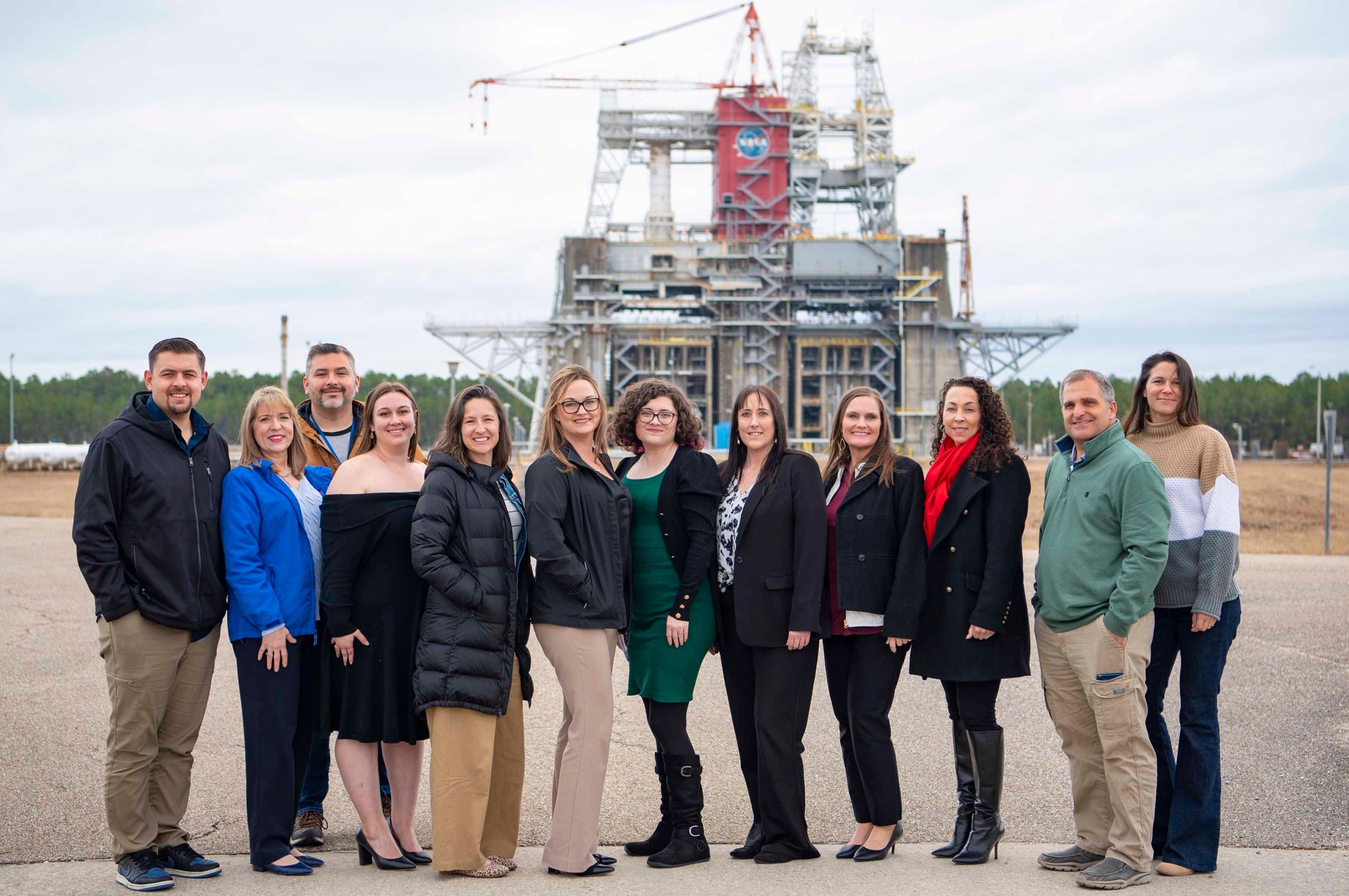
Employees View RS-25 Engine Test
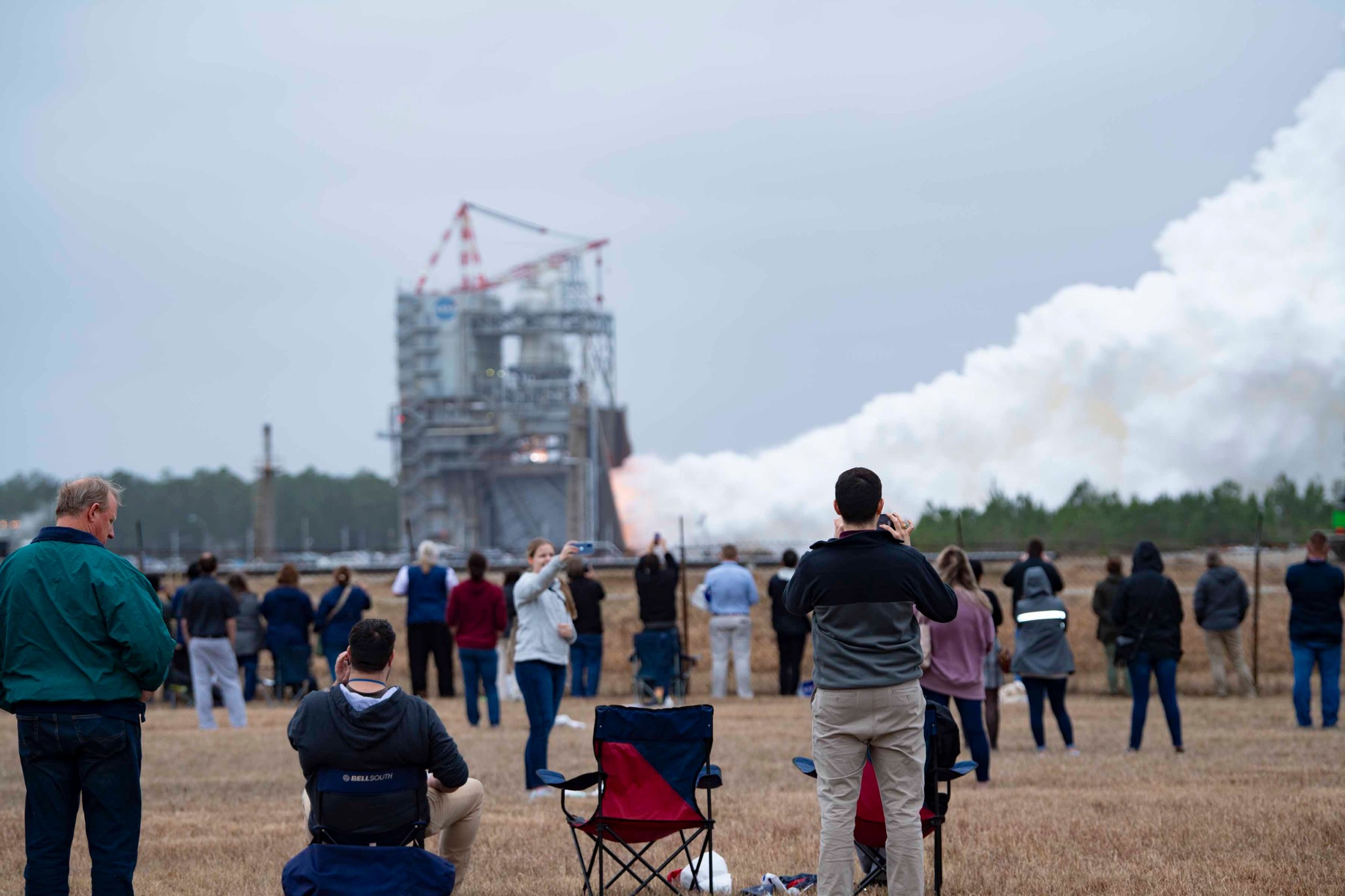
NASA Joins Students for Space Day Event
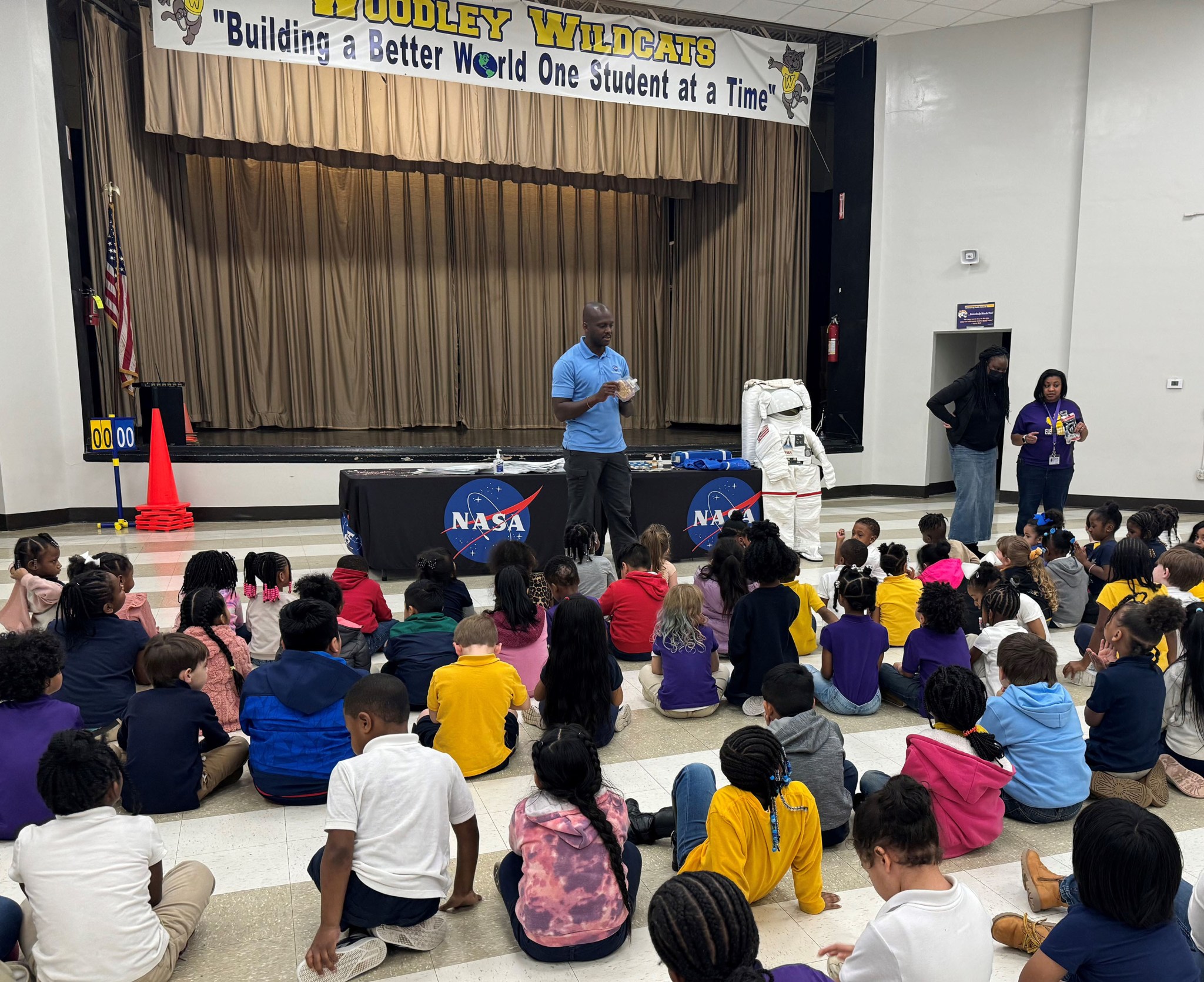
NASA in the News
- After Three Years on Mars, NASA’s Ingenuity Helicopter Mission Ends – NASA
- NASA Shares Progress Toward Early Artemis Moon Missions with Crew – NASA
- NASA, Lockheed Martin Reveal X-59 Quiet Supersonic Aircraft – NASA
Employee Profile
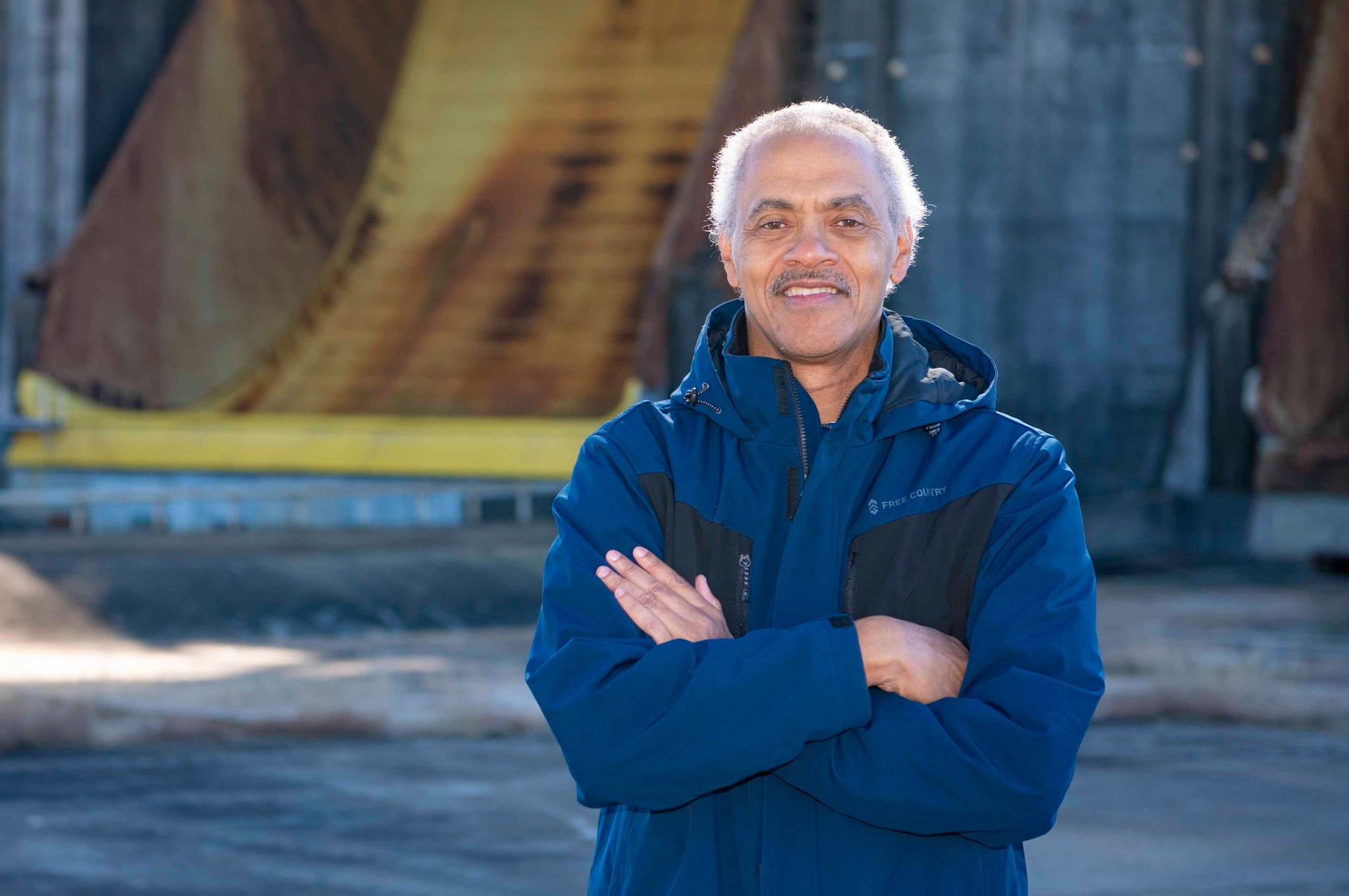
One thing has remained constant throughout Maury Vander’s career with NASA – the satisfaction of being part of a team working to innovate and benefit the agency and the aerospace industry at large.
Looking Back: NASA Stennis Meets Testing Needs
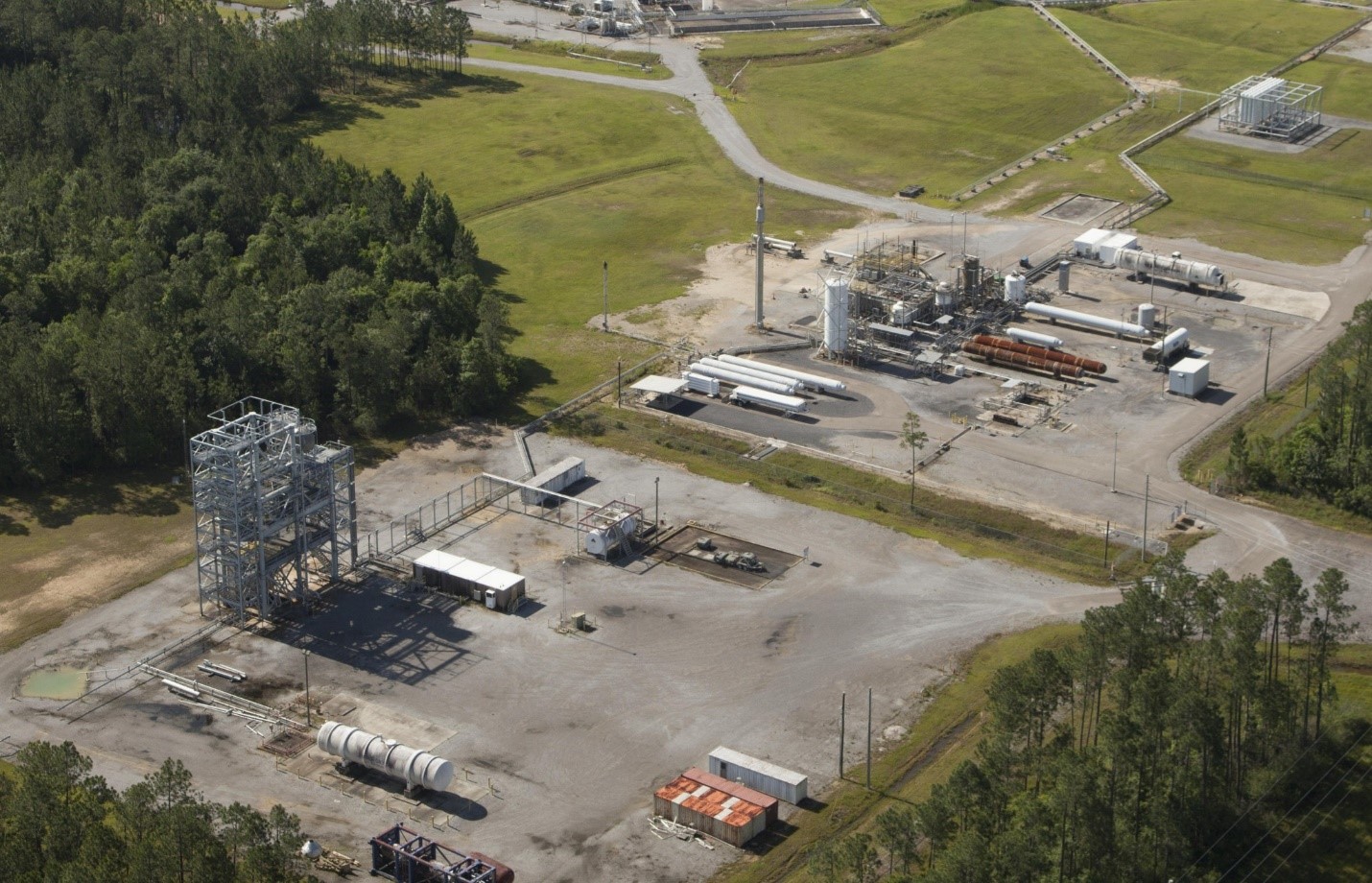
Additional Resources
- NASA’s Ingenuity Mars Helicopter
- NASA+
- Small Steps, Giant Leaps Podcast with Christine Powell
- Earth Now
- Calliefirst – NASA
Subscription Info
Lagniappe is published monthly by the Office of Communications at NASA’s Stennis Space Center. The NASA Stennis office may be contacted by at 228-688-3333 (phone); ssc-office-of-communications@mail.nasa.gov (email); or NASA OFFICE OF COMMUNICATIONS, Attn: LAGNIAPPE, Mail code IA00, Building 1111 Room 173, Stennis Space Center, MS 39529 (mail).
The Lagniappe staff includes: Managing Editor Lacy Thompson, Editor Bo Black, and photographer Danny Nowlin.
To subscribe to the monthly publication, please email the following to ssc-office-of-communications@mail.nasa.gov – name, location (city/state), email address.



